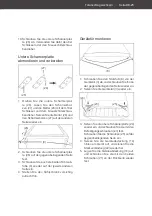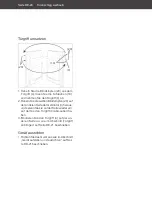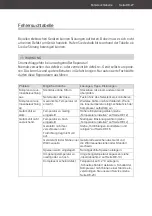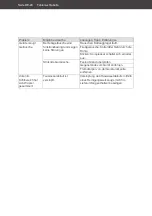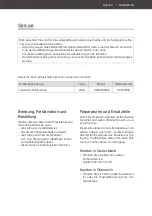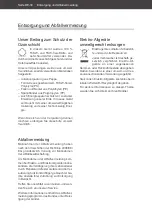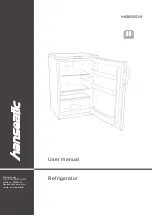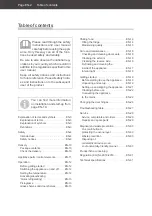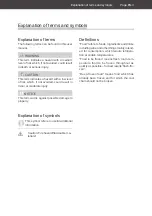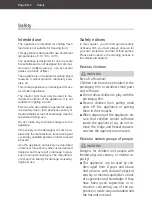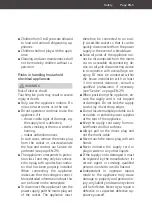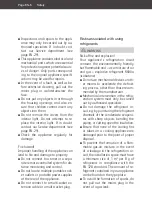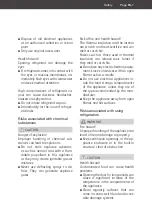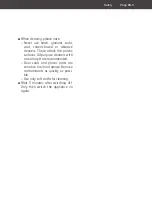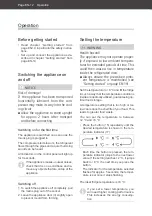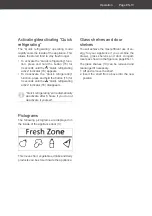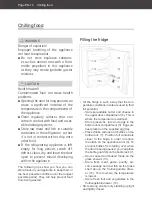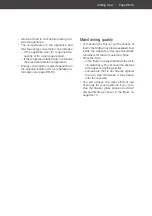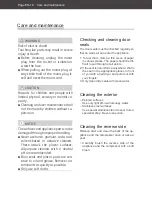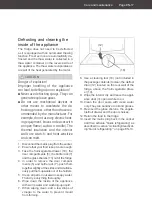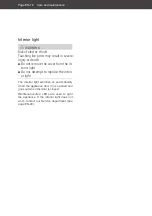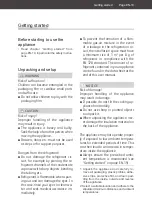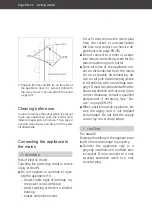
■
Dispose of old electrical appliances
at an authorised collection or return
point.
■
Only use original accessories.
Health hazard!
Spurting refrigerant can damage the
eyes.
■
If refrigerant comes into contact with
the eyes or mucous membranes, im-
mediately fl ush eyes with clean water
and seek medical attention.
High concentrations of refrigerant va-
pour can cause dizziness, headaches,
nausea or asphyxiation.
■
Do not inhale refrigerant vapour.
■
Immediately air the room if refriger-
ant leaks.
Risks associated with chemical
substances
CAUTION
Danger of explosion!
Improper handling of chemical sub-
stances can lead to explosions.
■
Do not store explosive substanc-
es such as aerosol cans with a fl am-
mable propellant in this appliance
as they may create ignitable gas-air
mixtures.
■
Never use defrosting sprays to de-
frost. They can generate explosive
gases.
Risk of fi re and health hazard!
The thermal insulation and the interior
are scratch and heat-sensitive and can
melt or catch fi re.
Plastics such as those used in thermal
insulation can release toxic fumes if
they melt or catch fi re.
■
Do not use any electric heating equip-
ment, knives or devices with an open
fl ame such as a candle.
■
Do not use electrical appliances in-
side the food storage compartments
of the appliance, unless they are of
the type recommended by the man-
ufacturer.
■
Keep the appliance away from open
fl ames and hot surfaces.
Risks associated with using
refrigerators
WARNING
Fire hazard!
Improper handling of the appliance can
lead to fi re and damage to property.
■
Keep ventilation openings, in the ap-
pliance enclosure or in the built-in
structure, clear of obstruction.
CAUTION
Health hazard!
Contaminated food can cause health
problems.
■
Opening the door for long periods can
cause a signifi cant increase of the
temperature in the compartments of
the appliance.
■
Clean regularly surfaces that can
come in contact with food and acces-
sible drainage systems.
Safety
Page EN-7

